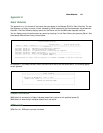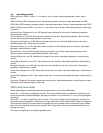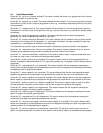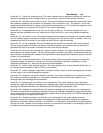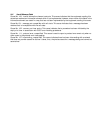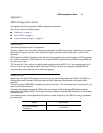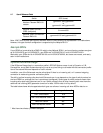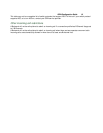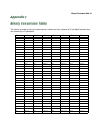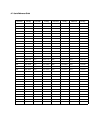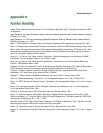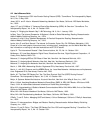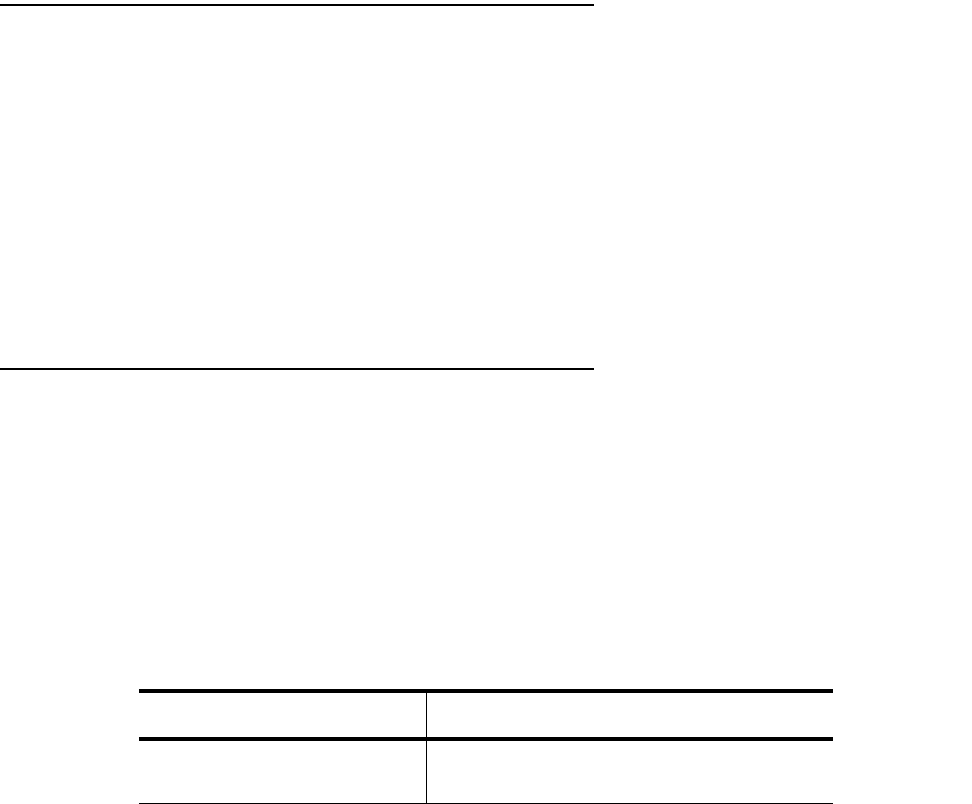
ISDN Configuration Guide I-1
Appendix I
ISDN Configuration Guide
This appendix contains supplemental ISDN configuration information.
This section covers the following topics:
■ “Definitions” on page I-1
■ “About SPIDs” on page I-1
■ “Dynamic B-channel usage” on page I-2
Definitions
The following terms are used in this appendix:
Directory number: The actual phone number associated with the ISDN line you order. Depending on the type of
switch protocol used on your line, there may be one directory number for both B-channels, or one for each
B-channel.
SPID: The Service Profile ID generally looks like the directory number with some extra digits (the TID) appended
to it. SPIDs are used only in North America. The number of SPIDs received from your ISDN service provider can
vary from none to two.
TID (Terminal ID): This usually a four-digit number associated with the SPID. 0101 is the most popular, but it
can vary in form. You may need to add a TID to each SPID you use when you configure the Netopia R3100.
If you encounter other unfamiliar terms, check the glossary.
About SPIDs
Depending on the type of ISDN switch protocol you use, you may be required to enter SPIDs in the ISDN Line
Configuration screen. Generally, SPIDs are used with North American (United States and Canada) switch
protocols.
The exact format of ISDN SPIDs is sometimes a point of confusion. This is because several formats exist, and
some formats allow variations.
The table below displays the general SPID formats for the types of North American ISDN switch protocols
supported by the Netopia R3100. The formats shown are a subset of possible SPID formats, but in most cases
they should work.
In the following table, xxxxxxx represents the directory number assigned to your ISDN line, and yyy represents
your area code.
Switch SPID format
AT&T 5ESS custom
(multipoint)
01xxxxxxx0





